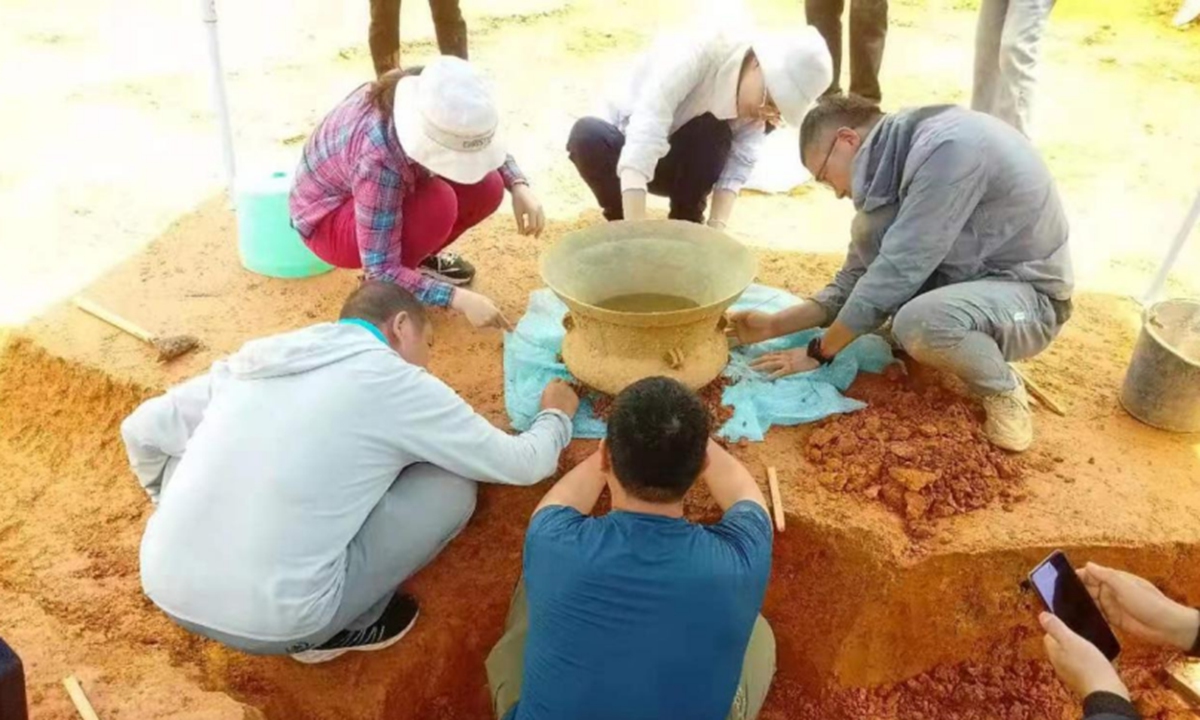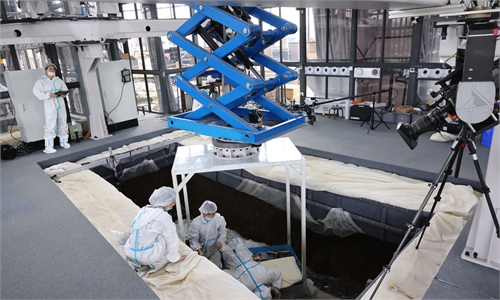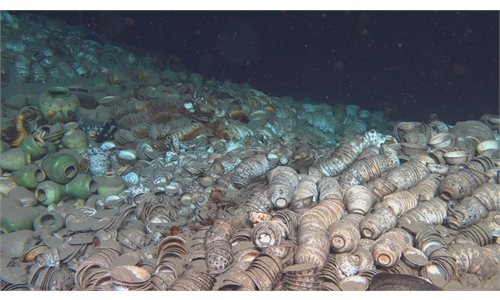ARTS / CULTURE & LEISURE
2,000-year-old bronze drum discovered in South China’s Guangxi

Photo: Screenshot from online
An ancient tomb that belongs to the Warring States Period (475BC-221BC) has recently been discovered in Pingguo, a city in South China's Guangxi Zhuang Autonomous Region.
The burial includes precious artifacts such as a jade ring and a jade jue - an ancient earring-like decoration - and several other bronze relics have been discovered, with a bronze drum considered to be the ancient tomb's stellar discovery.
The bronze drum was identified by local archaeologists as belonging to earlier than the Warring States Period and it is styled in the particular form of "Shizhai Shan."
Zhang Qianyue, an expert of Warring States Period archaeology, told the Global Times that this particular drum style was named after the ancient tomb cluster Shizhai Shan in Kunming, Southwest China's Yunnan Province.
Jiang Yanyu, the President of the Chinese ancient bronze drum research society, said that before the Shizhai Shan piece, it had been many years since the Guangxi Zhuang Autonomous Region had delivered any similar discoveries like this.
This type of drums is often engraved with intricate designs such as saw tooth and diamond patterns. Zhang said that the Shizhai Shan drum reveals ancient Chinese people's ingenuity in arts and their aesthetic taste.
"At that time, the bronze drum was buried upside down and we packed it up and sent it to the local museum. We planned to repair and study it in the laboratory," said Xie Guangxue, a technician in the archaeological team.
A piece of bronze spear and a thousand years old yue were unearthed together with the Shizhai Shan drum. The bronze yue was often used as an axe by ancient Chinese people.
Aside from the tomb, the excavation team has also found a 10-meter by 10-meter square pit. Neolithic stone tools and porcelain fragments were collected from the pit.


